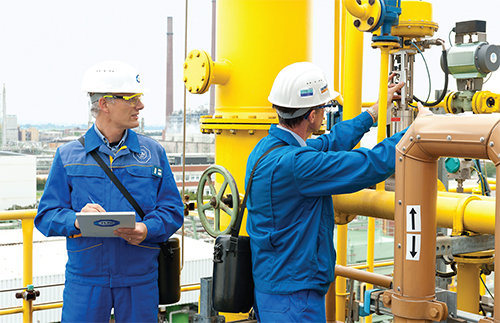The pharmaceutical sector is governed by regulatory norms to ensure that quality standards are met for products in line with pharmaceutical cGMP guidelines. The FDA takes food and pharma production very seriously, which is why these guidelines are in place. Calibration is one such process wherein an instrument or a utility system is adjusted so that its readings are adherent to the defined guidelines. It is usually performed as per approved written procedures.
What is Equipment Calibration?
Equipment calibration is important as equipment is often used to gather critical data and hence calibrating them and keeping them up to date becomes mandatory. This process is carried out regularly since equipment used in pharmaceutical manufacturing depending on its functionality is subjected to a lot of wear and tear.Calibration is usually done component-wise to ensure accuracy of the operating equipment as per defined pharmaceutical cGMP.
Types of Calibration
Calibration types are defined as per the parameter which is crucial for a certain process. The classification is largely done on the basis of the type of reading, and common types include:
Pressure Calibration– This method calibrates pressure readings within barometers, transmitters, test gauges and other kinds of equipment commonly used in manufacturing setups.
Temperature Calibration– Calibration is done based on temperature readings, in simulation of a real-time environment. The equipment in this category includes furnaces, weather stations, bio repositories, thermistors, etc.
Flow Calibration– The calibration which is carried out routinely for flow meters that check product quantity or energy functions in processes. Some of the equipment which requires flow calibration includes flowmeters, rotameters and turbine meters.
Pipette Calibration– Pipettes are used in laboratories to measure liquids in small, precise quantities. This calibration method is utilized in labs that make frequent use of pipettes, and is a fairly stringent process since the degree of precision required is very high.
Electrical Calibration– This particular method is used for checking electrical equipment. The accreditation standards are set as per UKAS outlines, since these are considered the most accurate set of standards for electrical calibration.
Mechanical Calibration– Mechanical calibration checks for the accuracy of various measurements such as torque, mass, force, angle and vibration. All these elements are checked in a temperature-controlled facility, since variations in temperature can adversely impact the calibration process.
Since these instruments are used in real-time environments, they are subject to frequent wear and tear. However, they are used in processes that require a lot of precision in terms of data gathering and measured quantities.Therefore, in order to maintain the accuracy of the process and the measurements taken by equipment, frequent calibration is required.
The frequency with which equipment is to be calibrated depends on various factors such as:
- The importance of the measurements for which instruments are used
- The defined standards of the equipment manufacturer to adhere to the pharmaceutical CGMP guidelines.
- The degree of risk involved in the process for which that equipment is being used
- The degree of precision required from the equipment and the accuracy with which data is to be gathered from the equipment.
- The extent to which the equipment is stable. This is evaluated from the historical data on the stability of the equipment
Calibration is a mandatory process in the pharmaceutical space considering the need for reproducible product quality. Lack of precision can lead to huge repercussions and penalties. Calibration forms an essential part of the quality assurance and validation process in the pharmaceutical industry.






Recent Comments